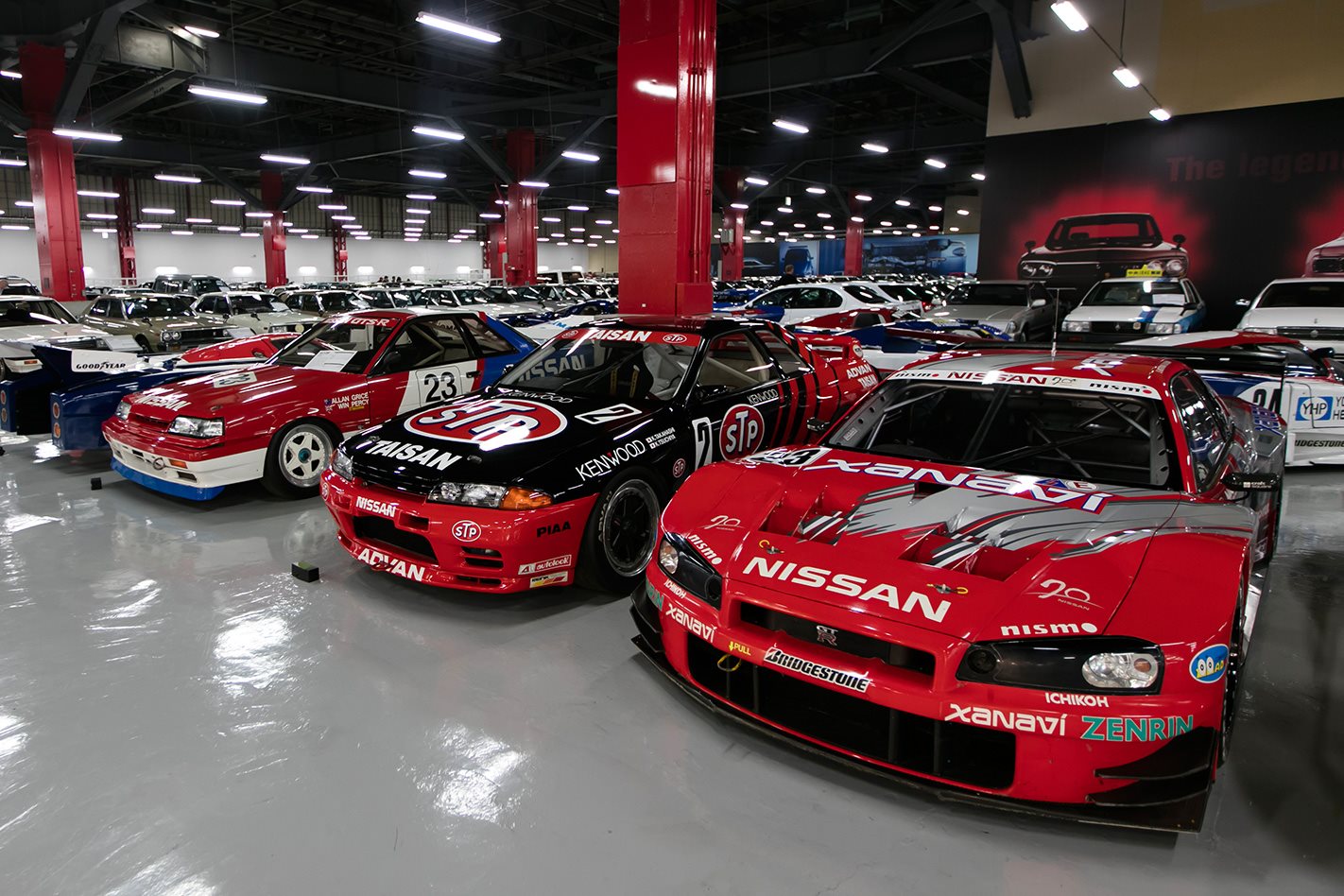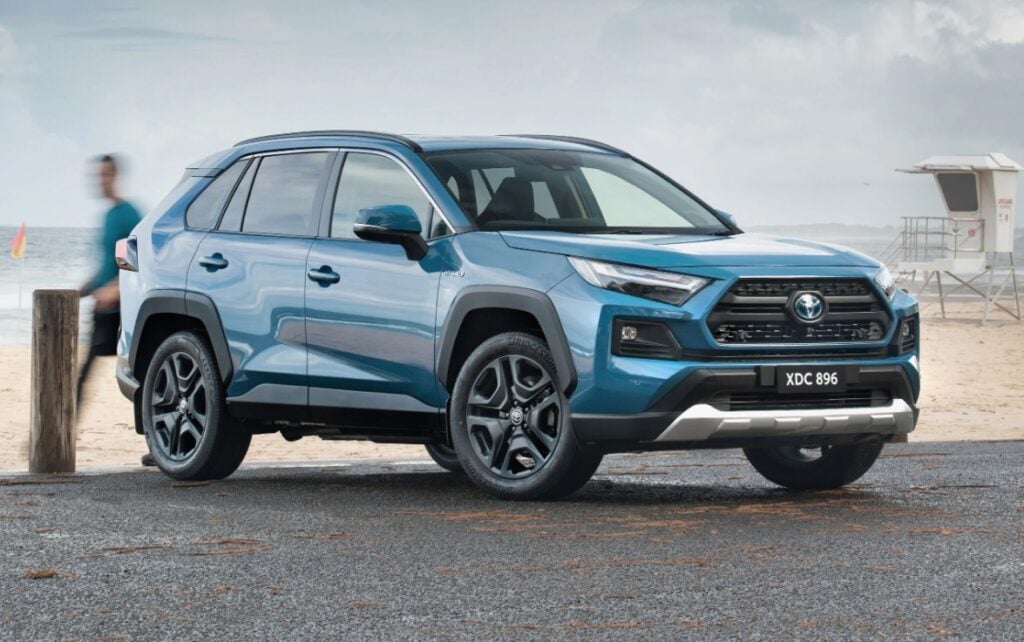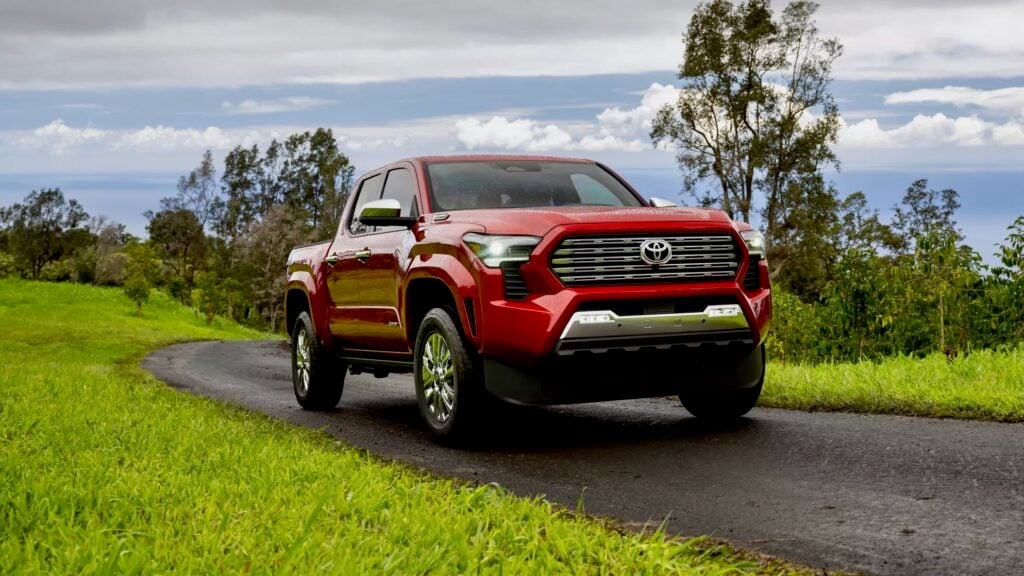Youichi Hara is gesturing at a silver metal rabbit. With his best broken English he’s trying to explain why Thumper’s leaping off a Datsun’s bonnet, like a classic Jaguar ornament.
But he’s wasting his breath. As his gravelly voice murmurs on, nobody’s really listening. Only a few from a tribe of Australians pay him the courtesy; the rest have scattered.
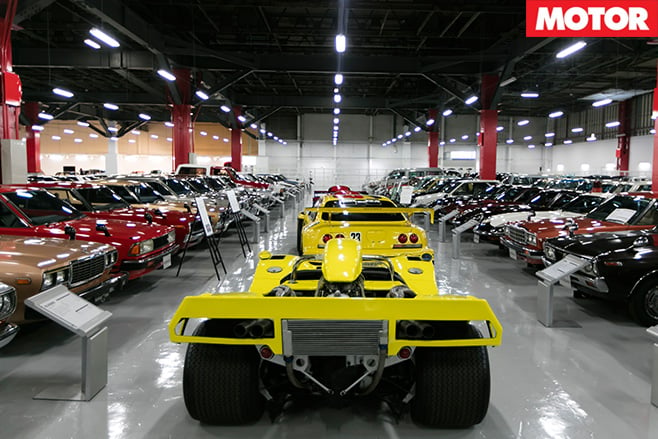
Behind him, under the fluorescent lighting haze of a warehouse that once thrived as an assembly plant, Nissan has amassed the world’s most impressive army of its own heroes. It’s known as the Zama Heritage Collection.
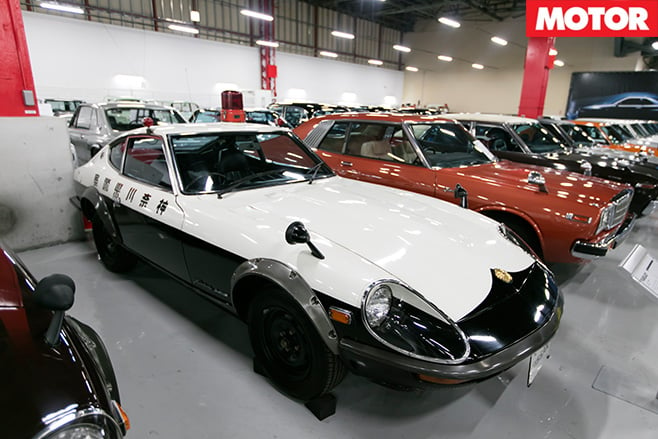
Now when we call the warehouse ‘secret’, we’re not talking about crawling through an underground tunnel for access. It’s open to public tours, provided you book online. But because the collection is nestled within Nissan’s Zama factory site, which bustles as a technical centre and produces lithium-ion battery cells, everywhere outside is off limits.
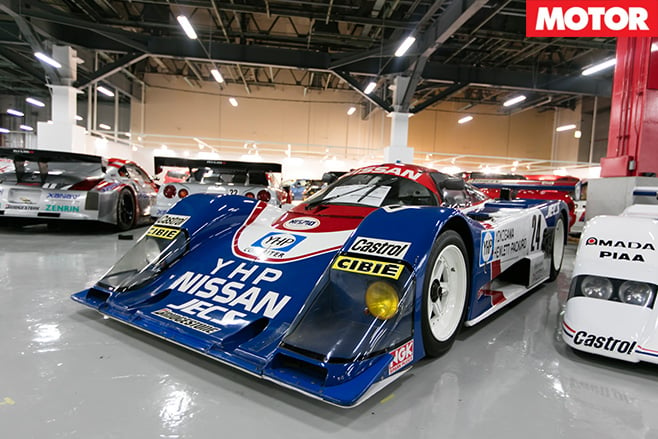
Ironically, though, nothing about the warehouse grabs you like the priceless machinery inside it. Outside it’s completely nondescript. If it was street-side you’d walk right by it, oblivious to the 300 rare road and race Nissans that huddle within its walls.
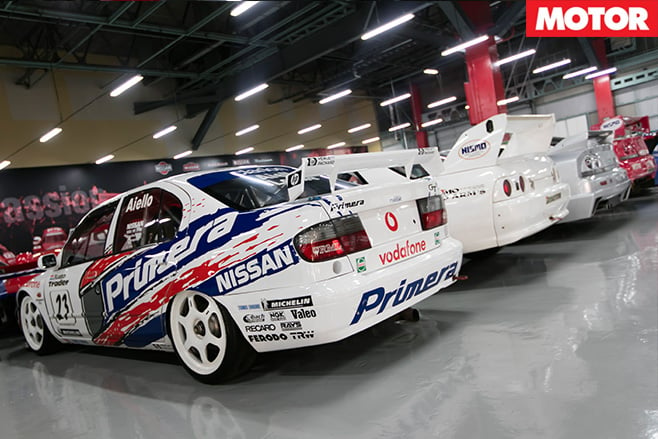
For instance, Nissan’s MID4 Type II, of which three working prototypes were built, rub shoulders with a bizarre hatch-based stadium car and small, lime-coloured Hypermini – an electric two-door hatch that looks a lot like Mercedes-Benz’s Smart car.
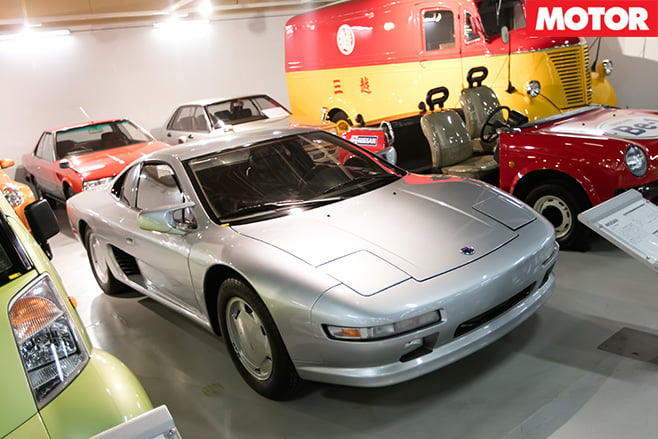
So in a way, it’s the genetic godfather of Nissan’s modern sports cars, preserved here as a reminder of what could have been.
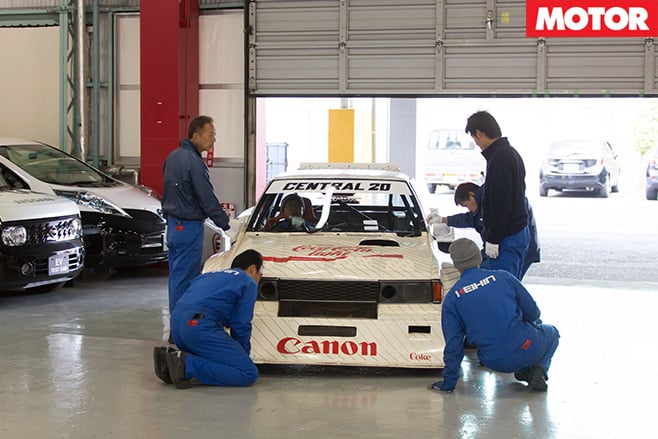
But the real attractions are the racing weapons and the road cars they inspired. As we follow Hara-san down an aisle of classic Datsuns, I quietly peel off to avoid missing out on the prolific legends.
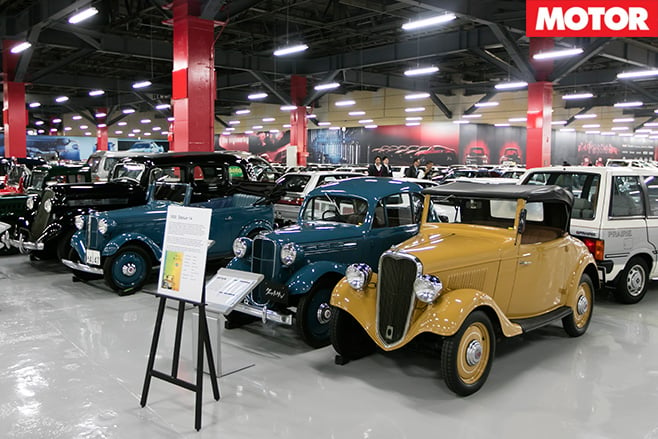
Its soft edges and deep blue paint mean it’s not particularly striking in the metal. But it exudes an aura, a pull, which partly stems from the fact that if Nissan had ended up selling the car, it’s mooted it would have cost AU$1.3m back in 1998.

With one eye locked on my watch I pinball between cars and try to drink in as many priceless beasts as possible. But at this point, our Nissan minders are filtering through the warehouse collection, rounding up the loose Australians with Pacman-like focus. They direct us towards the exit, hours too soon.
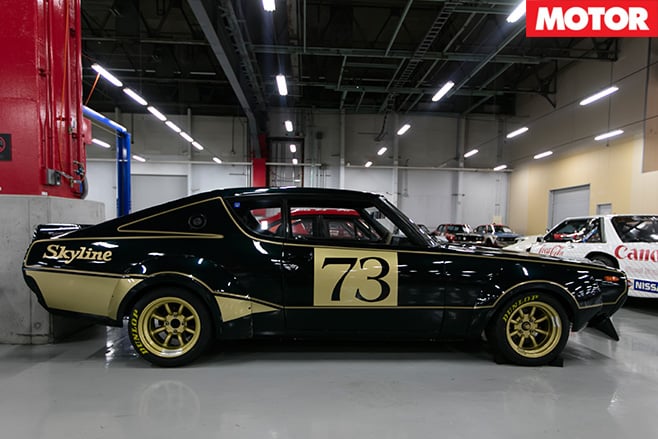
But the main thing I’ll remember, if I ever return, is to book a longer visit.
Nismo’s singing tribute
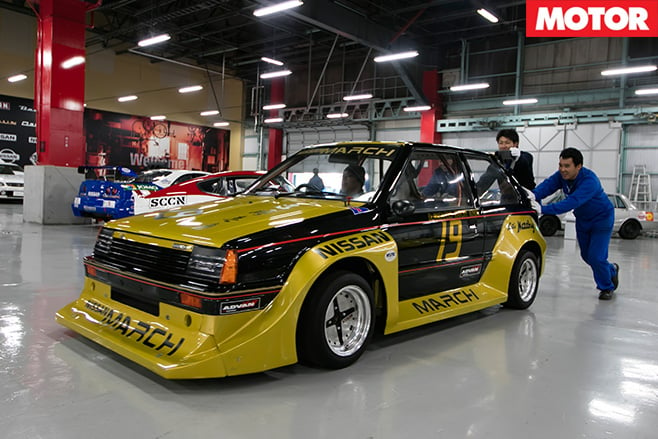
Scattered around the Zama warehouse was everything from a baseball stadium car to a sedan specifically modified to hold the ’64 Olympic torch.
However, what caught my eye was this Nissan March (right). If you think it looks like the Super Silhouette racers that defined Japanese Group 5 racing in the ’70s, you’re right. Nismo built the car for Masahiko Kondo, or ‘Matchy’, a pop-rock celebrity. Matchy was the car’s ambassador, but also quite the racer, and today runs the Super GT outfit Kondo Racing.
While the road car’s 1.0-litre four made do with 42kW, Nismo thrust a larger 1.5-litre four into its nose, effectively tripling its output.
It then slapped Group 5-style fenders on either side of it to add 150mm of track width. Today Matchy’s March joins the real Silhouette cars in display areas, like a mascot.
Real road racers
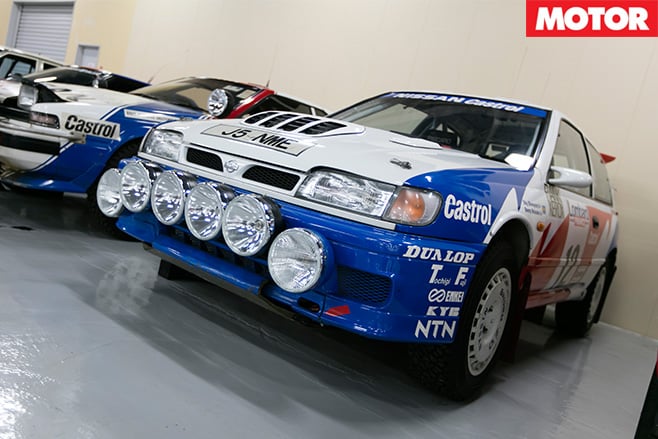
As far as Skylines go, the R33 GT-R LM is rarer than Tassie tiger teeth. When Group C regulations were shelved at the end of 1994, Nissan scrambled for something to race at Le Mans. In its pantry was the R33 GT-R, successor to the all-winning R32 GT-R. It pumped its guards, dropped its front driveshafts and tickled its engine, but before it could race Nissan needed to homologate the mods on one road-registered car. That honour went to the Zama Collection’s example, which was registered in the UK.
It didn’t do too well racing in ’95 or ’96, so it was scrapped.
A year later, history repeated itself, but this time Nissan designed the racecar first, the sole road car needed for homologation, second.
The resulting R390 GT1 was a carbon-chassis, 410kW beauty that claimed third at Le Mans.


